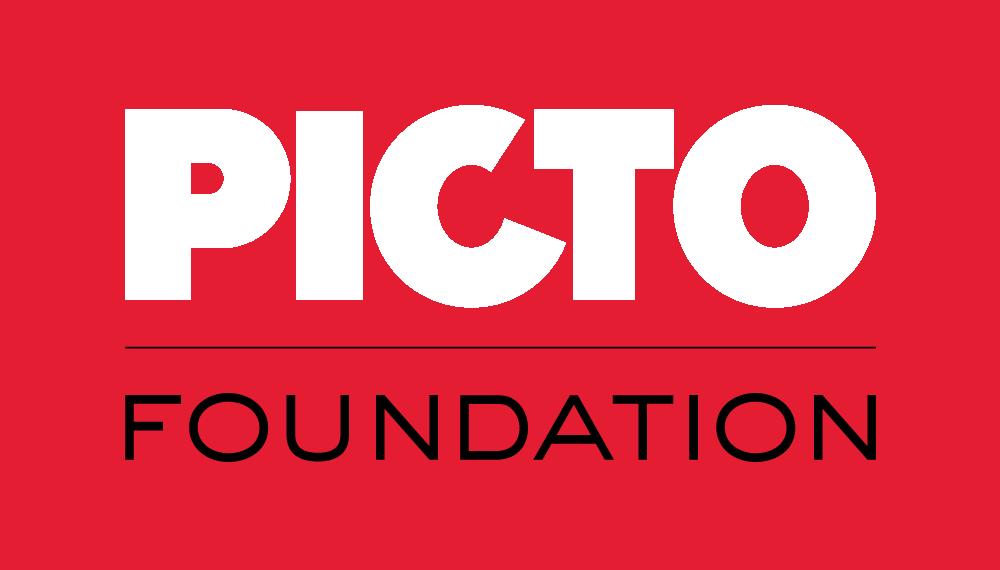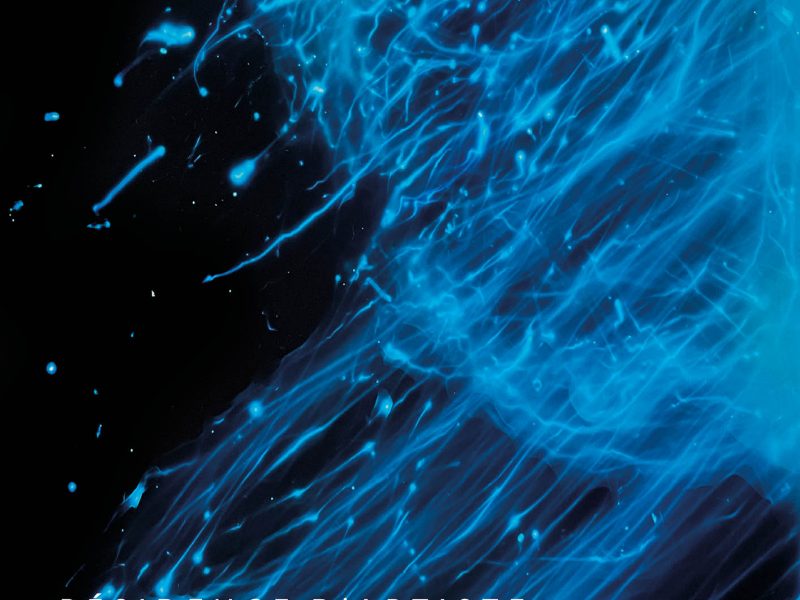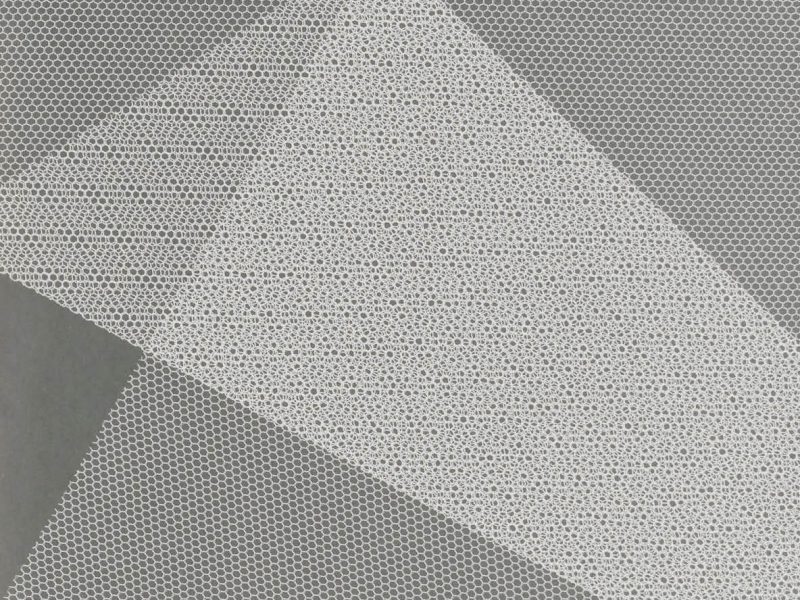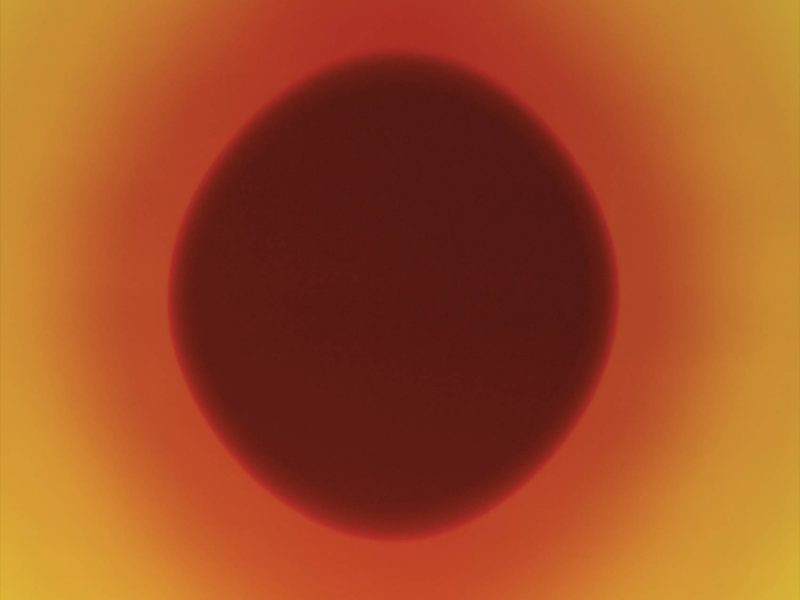Interview with Santanu Dey, winner of the 2025 Bourse du Talent
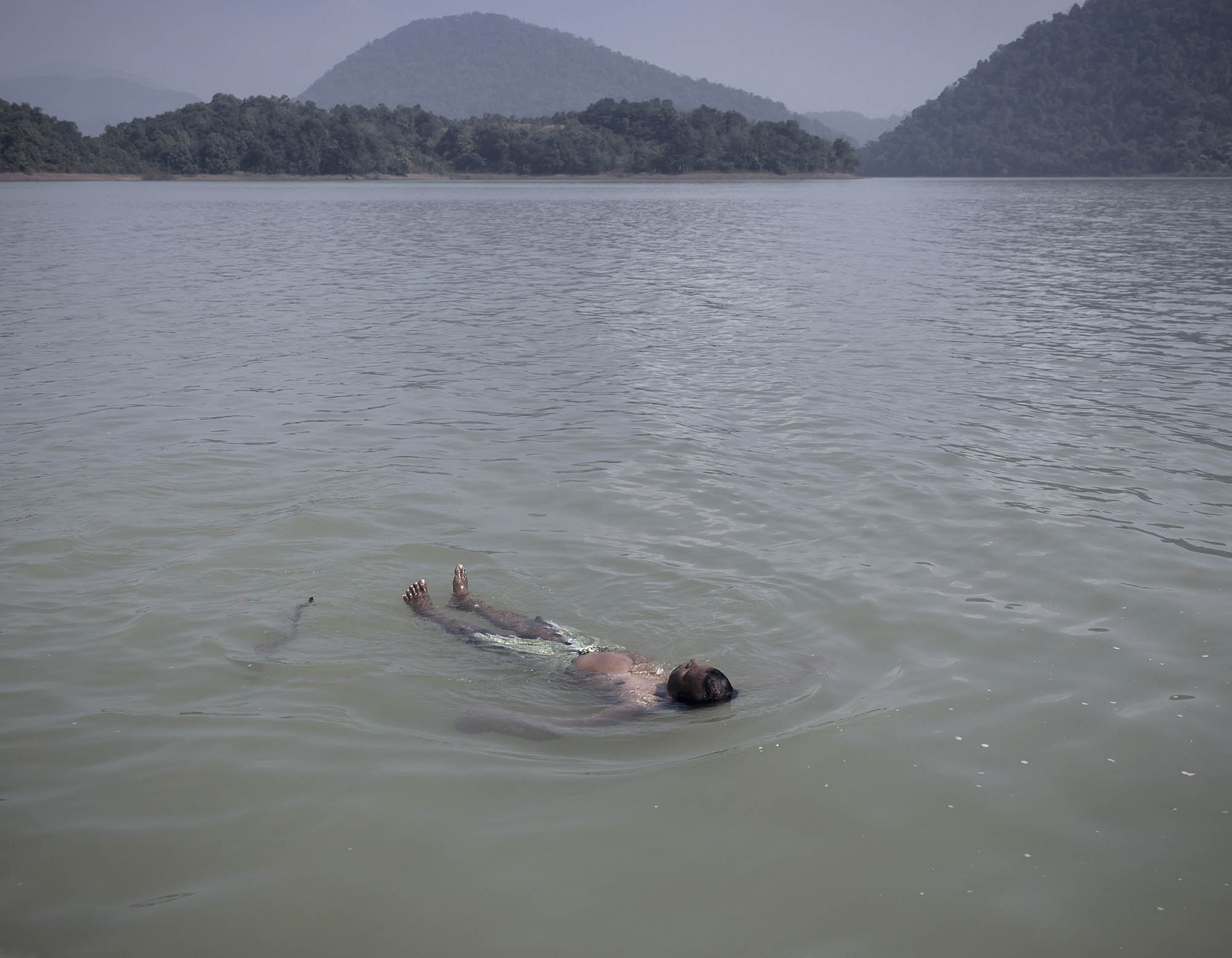
Focusing on new documentary approaches, the Bourse du Talent selects young photographers to continue to tell the story of our world while incorporating the evolution of the forms and constraints of image mediation. The Bourse du Talent jury met in Arles during the opening week of the Rencontres d’Arles to select its three new winners: Sasha Mongin, Santanu Dey and Aria Shahrokhshahi.
In 2025, MPB, Europe’s top camera reseller, becomes the main partner of Bourse du Talent, a historic programme to help emerging talent that has been supported by PICTO for 25 years
Reflection on Santanu’s Life and Artistic Journey
Congratulations on this award. What does this recognition mean to you? / How did you react to the announcement of your selection among the laureates?
Ans: First of all, I would like to give my heartfelt thanks and gratitude to the jury and the entire team of Bourse du Talent 2025 and the Picto Foundation for this recognition. I still remember receiving the call from an international number—at first, I assumed it might be a wrong connection. When I heard the words, “Congratulations, you are one of the three laureates of Bourse du Talent 2025,” I had to ask them to repeat it before I could truly absorb the news.
For me, this recognition carries deep significance. It is not only an acknowledgement of my work but also an encouragement to continue refining my practice and to remain committed to the stories I want to tell. I see this award as an opportunity to grow further, to learn, and to share my community’s voice on an international platform. I would also like to warmly congratulate the other two laureates with whom I have the honour of sharing this recognition.
In what ways could this recognition impact the next steps of your professional journey?
Bourse du Talent is one of the most respected platforms in Paris and internationally. As an emerging artist, such recognition is both inspiring and motivating. It gives me renewed energy and confidence to keep pushing the boundaries of my practice. Paris has been an art capital for centuries and to exhibit my work there is not only a profound honour but also an invaluable experience.
This platform allows me to bring forward the voices and stories of my community, particularly the refugees of Bengal. As a third-generation refugee, I have witnessed how those from marginalized classes are often neglected, silenced or portrayed as the “other” by political and social elites. Through my work, I hope to create a space where these silenced narratives can be heard and seen.
Alongside this recognition offers me the opportunity to collaborate with editors, curators and visual experts from around the globe. These exchanges will not only sharpen my practice but also expand my network and set a new professional benchmark for my future projects.
Could you tell us about your background: how did you come to photography and documentary photography?
I belong to a third-generation refugee family. During 1947, my family migrated from East Pakistan (now Bangladesh) after Partition and resettled in southern Kolkata. Growing up in a refugee colony, I experienced the weight of displacement and the constant challenges of economic hardship.
From childhood, I was drawn to art, especially sketching and painting were my first languages of expression. However, coming from a lower-middle-class family, my journey in art has not been easy. I had little access to formal training in fine arts. At the same time I couldn’t afford to buy colours or canvas. My turning point came when I acquired a second-hand point-and-shoot camera. I discovered that photography could be my medium, enabling me to channel my creative energy into a form of storytelling that was both personal and political.
Later, I was fortunate to receive a scholarship to pursue a Postgraduate Diploma in Photography at Counter Foto in Dhaka, Bangladesh. That period was transformative, it gave me the space and mentorship to shape my artistic voice and fully commit to socially engaged storytelling.
Over time, my practice has grown beyond photography. Today, I integrate photography, video, painting, archival material and cartography, weaving them into layered narratives that explore myth, memory and politics. For me, documentary practice is not just about recording reality, rather it is about re-imagining it through history, lived experience and the fragments of collective memories.
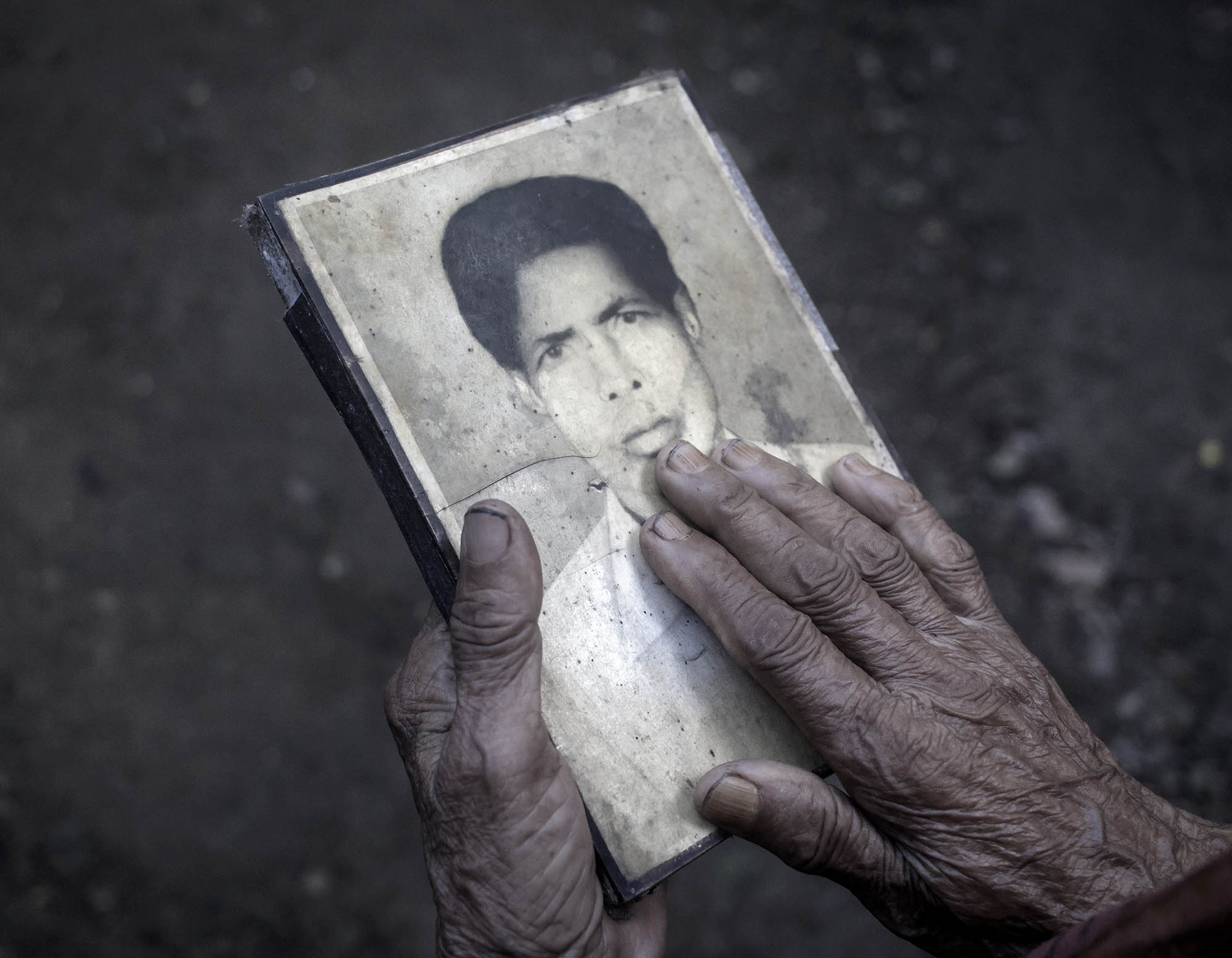
Presentation of Brackish Tears’s Project
Could you present the series/project that earned you this distinction?
After the Partition of Bengal in 1947, predominantly Hindu West Bengal became a state of India, and mainly Muslim East Bengal (now Bangladesh) became a province of Pakistan. In the years that followed, millions of Hindus migrated to India from East Bengal. Many, mostly low-caste, were forcibly sent to the inhospitable area of Dandakaranya. When the Left Front came to power in 1977, having promised migrants would be brought back and settled in Bengal, the government changed its policy on refugee settling and considered them a burden to the state. Thousands fled to protected reserve forest land on Marichjhapi island in the Sundarbans, West Bengal, and were forcibly evicted by police in a violent human rights violation that became known as the Marichjhapi massacre.
‘Brackish Tears’ explores mythological references from the ancient Sanskrit epic Mahabharata, in which tribes of the Khandava forest were displaced by the Pandavas to expand their kingdom. Mythical events are recreated in collaborative performances that critically reflect on the Marichjhapi massacre from the perspective of the global refugee and migration crisis. The photographer aims to illustrate how power corrupts and universalize the stories of human suffering of a particular community.
What was your initial intention, and how did you translate it visually?
Brackish Tears is the second chapter of my “1947 Partition Trilogy.” It tells the story of the Namasudra community—the oppressed, lower-caste refugees whose lives were marked by displacement, suffering and resilience during and after the Partition of India. The British division of the subcontinent along religious lines fractured our communal harmony and ordinary people, rather than the political elites, bore the heaviest cost.
Through this project, I aim to portray not only the struggles of the Namasudras, also their displacement journey, survival, fight for dignity, and also to reflect on how migration disrupts entire generations, which resonates deeply with today’s global refugee crisis.
I did not choose this subject only because I come from a refugee family, but because I feel these voices must be heard and preserved before they disappear. My background helps me to understand their expressions deeply, yet my aim has always been to bring their stories to a global audience—especially in the context of the ongoing migration conflict across the world.
My approach is multi-layered. I weave together photographs, videos, oral testimonies, archival fragments, and cartographic research. Within this visual tapestry, I balance the subtle serenity of natural landscapes with deeply intimate portraits that attempt to reveal both physical presence and psychological depth. I also introduce fictionalized mythological characters, reimagined to bridge the trauma of Partition with the timeless archetypes of mythology, suggesting how history and myth often intertwine in collective memory.
In the future, I plan to expand the project into an audio-visual archive, recording survivors’ testimonies for posterity. Ultimately, I envision Brackish Tears becoming a photobook, accompanied by a “pocket museum” — a portable, layered archive of images, texts, and objects. This format would invite readers to engage with the long-term research and understand the aftermaths of Partition across different social strata, not as a distant history, but as a living wound.
What were your main inspirations or artistic influences for this project?
The Partition of 1947 entered my life not through official histories but through bedtime stories my grandmother told me about the fragments of a lost world in Faridpur, East Pakistan. She spoke of our courtyard, the pond, the mango trees and the month-long Durga Puja celebrations. I never saw these places, but through her voice, I felt them vividly. When she passed away, the stories stayed with me, carrying both beauty and pain and they ignited urgency within me, to understand how millions were uprooted, forced to abandon entire worlds, and begin again. That urgency became the seed of my practice.
In 2017, while pursuing my postgraduate diploma in photography, I attended a visual anthropology class under Dr. Pavel Partha. He spoke of the Marichjhapi massacre, a silenced history of refugee suffering in West Bengal and expressed interest in supporting any photographic research on the subject. That conversation was a turning point. I immersed myself in books, research papers, and films about Marichjhapi.
Gradually, the project grew through encounters—with Madhumay Paul, an eminent writer who had documented the massacre in literature; with the late Tushar Bhattacharya, a senior photojournalist who had bravely recorded fragments of it; and most importantly, with the survivors themselves, whose stories became the soul of this work.
Their testimonies about their grief, courage, and resilience continue to inspire me to carry this project forward with responsibility and care. Brackish Tears is not only my tribute to them but also my attempt to make their voices resonate before a global audience. For that, I remain deeply grateful to every collaborator who has walked with me on this journey.
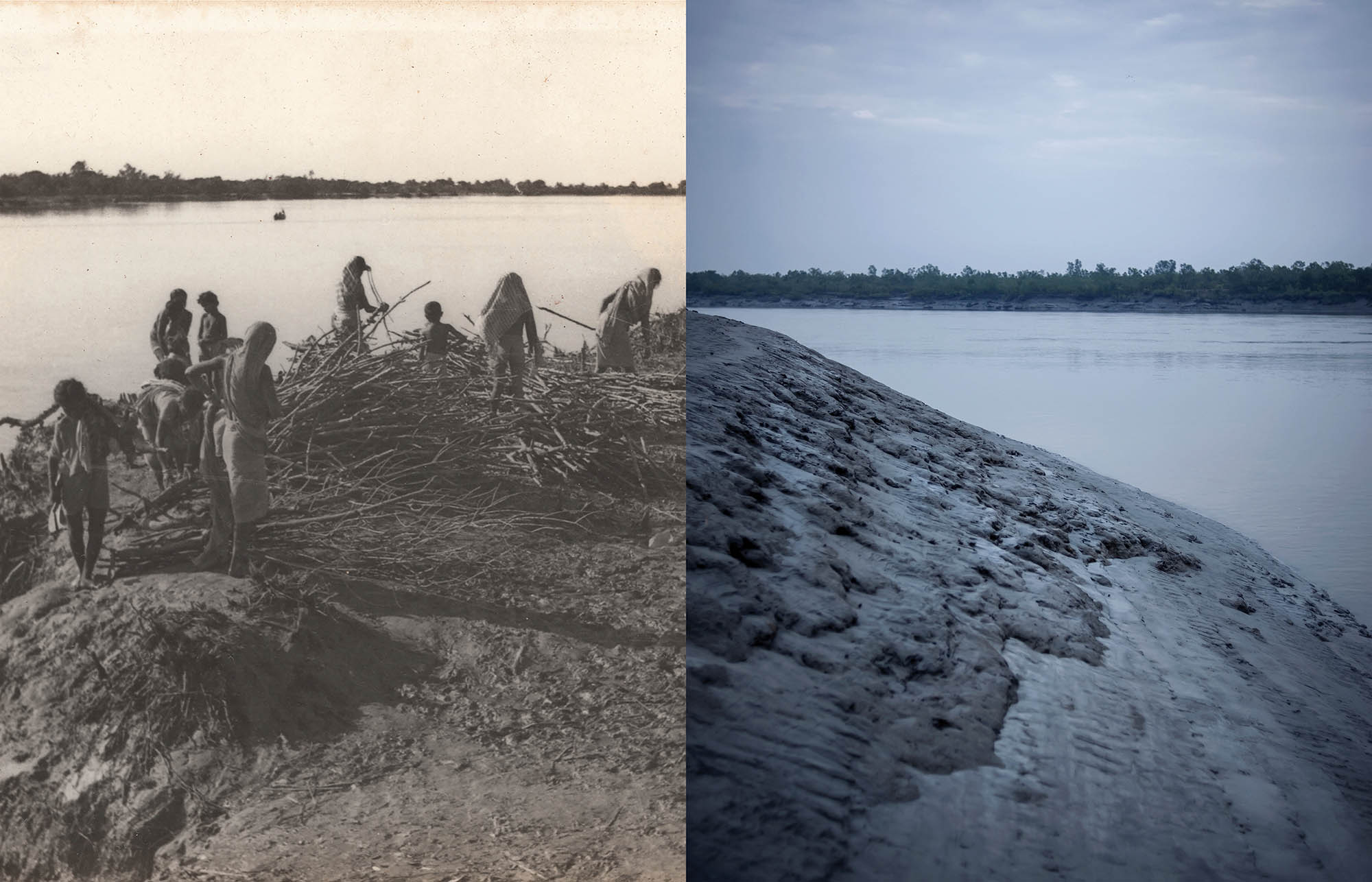
MPB asks
What is your relationship with photographic equipment?
I consider myself a more subjective rather than objective practitioner. For me, photographic equipment is simply like a brush, canvas or colour to translate imagination into form. With these tools, I try to express my visual language in diverse ways. I love experimenting with equipment across diaerent projects, though financial limitations often make it diaicult. I personally have never been driven by the pursuit of gadgets; what matters more to me are study, ideas, sensibility and presentation. While I do acknowledge that good equipment plays a vital role in experimentation, practice and outcome, I place greater value on imagination, concept and execution. Even if I cannot access high-end professional tools, I believe that work must continue. Such challenges push me to think deeper, work harder and find creative ways to transform simple equipment into something extraordinary.
What equipment did you use to carry out this project?
This body of work has been created with different cameras over time, mainly because I never had consistent access to equipment. What has remained constant, however, is my choice of lens. I have always worked with a 35mm focal length, as it allows me to stay close physically and emotionally to creating photographs that are intimate, engaged and above all, consensual.
I come from a background where buying professional gear was simply not possible.
Between 2014 and 2017, I did not even own a DSLR. My own DSLR journey began when I managed to purchase a Canon 700D crop DSLR with a 24mm lens (equivalent to 35mm).
When that camera broke in 2019, I relied on the generosity of friends, borrowing cameras for a day or two so I could continue working. Eventually, after receiving an artist grant, I was finally able to buy a Nikon D750 with a 35mm prime, which I still use today.
For me, equipment is important, but it has never been the essence of my practice. The greatest works in photography, I believe, come from dedication, patience and vision rather than technology alone. Perhaps in the future, with further support, I may shift to mirrorless or medium format. But until then, I continue with what I have, trusting that intimacy and commitment matter more than the gear itself.
Are you more attached to a particular type of camera or lens, or do you like to vary depending on the project? Do you plan to change your equipment in the nearfu ture?
I am not particularly attached to any single camera body, but the 35mm fixed focal length has become almost essential to my practice. It allows me to remain close to my subjects, to create a sense of intimacy and engagement that is at the heart of my work. For me, this closeness is not only about physical distance but also about building trust and consent which is something that a wider or more distant perspective cannot always convey.
I am always open to experimenting. I also believe some different projects demand some different approaches. In fact I would love to explore other focal lengths or different types like medium format or large format, when the opportunity arises. Of course my current equipment has some obstacles, especially in challenging light or complex situations but limitations also teach resilience and creativity. For now, I continue with the tools I have, because what matters most is the commitment to telling these stories.
Looking ahead, I hope to upgrade my gear, particularly as I plan to record audio-visual testimonies of the survivors for ‘Brackish Tears’ and ‘Scarlet Spirit’ project’s, whose voices need to be preserved urgently. A medium format project also lives in my mind, waiting for the right time and resources. Until then, I remain devoted to my Nikon and 35mm lens, trusting that sincerity and patience will carry the work forward.
When smartphones with cameras appeared, many predicted the death of photography. On the contrary, the equipment sector, particularly the secondhand market, has only grown stronger. In your opinion, what forces will shape the photography sector over the next 15 years?
I believe the rapid evolution of technology has fundamentally reshaped the possibilities of photography and visual journalism. Smartphones, for instance, have become powerful tools, especially in urgent situations where carrying a camera is not possible. They allow for immediacy and accessibility, but my own practice is rooted in a slower, more deliberate process. I spend time understanding the light, the space, the emotions and only then do I make a frame. For this reason, my work feels most at home with a DSLR and hopefully one day with medium or large format.
What excites me is not only the improvement of cameras but also the rise of immersive visual languages. With digital media, we now see storytelling extend into virtual reality, 3D mapping and even experimental uses of infrared or heat-sensitive technologies. These innovations open new ways of addressing urgent themes like migration, displacement, conflict, and climate change to push documentary photography into territories once unimaginable. I also hope to explore some of these technologies in my future practice, while staying grounded in human stories and lived realities.
At the same time, I see the second-hand equipment market as a vital force for the future.
For many photographers like me, it is the only way to access professional tools and continue long-term projects. Photography is a visual language that is always shifting. As visual artists, we need to remain open to new forms and experiment with evolving ways of seeing. For me, art is never about boundaries rather it is about exploration, questioning and constant experimentation.
MPB is the European reference for second-hand photo and video equipment and the main partner of the Bourse du Talent 2025.
Looking Ahead : Vision and Perspectives
What are your upcoming projects after this award?
Since 2017, I have been researching the long shadows of the 1947 Partition of India, which I am developing into a trilogy exploring its impact across different strata of Bengali society. Lost Legacy reflects on the shifting power and postcolonial dilemmas of the Zamindar families in the context of decolonization. Brackish Tears focuses on the struggles of the lower castes, particularly the Namasudras, who bore the brunt of displacement and marginalization. The final chapter, Scarlet Spirit, turns to the refugee colonies and the aspirations and challenges of the middle class. While Lost Legacy and Brackish Tears are around sixty percent complete, Scarlet Spirit is still in its early stage.
My immediate aim is to complete this trilogy and bring these interwoven narratives together.
Alongside this, I am also developing two projects on pressing contemporary issues: Tracing Her Tread, which examines the farmer suicide and the agrarian crisis in rural India and Mourning Mountain, which reflects on the impact of climate change on fragile ecologies.
If you had to give advice to a young artist who is hesitant to start, what would it be?
My first advice would be: do not worry too much about equipment. A great photograph is not born from an expensive camera but from vision, patience and dedication. Too often I see young photographers chasing gear rather than knowledge. Instead, invest your time in study—read, look closely at the works of photographers from different times and geographies, learn about their processes and listen to their interviews. Photography is not just a hobby; it is a subject that requires depth, curiosity and constant learning.
Secondly, don’t limit your inspiration only to photography. To grow as an artist, you need to open yourself to the larger world of contemporary art—painting, sculpture, literature, cinema, theatre, performance and other visual practices. Each discipline enriches your way of seeing and helps you develop a unique voice.
Thirdly, don’t rush. There will be moments when you feel stagnant or directionless, but those are part of the journey. What matters is staying focused, working with sincerity and continuing despite difficulties.
And finally, never take shortcuts. Discipline, practice and persistence are essential. Over time, through this rigorous process, your own language will emerge naturally.
Photography is not about quick results rather it is about a lifelong engagement with the world and yourself.
A program

made possible thanks to the support of our main partner
and our other partners
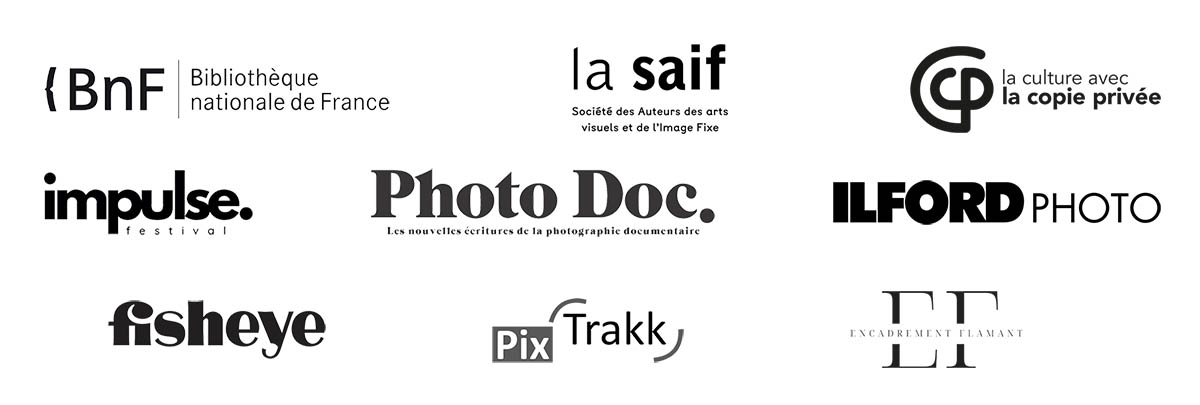
Upcoming exhibition
La Photographie à tout prix
From December 15, 2025
BnF – François-Mitterrand
Quai François Mauriac
75013 Paris – France

